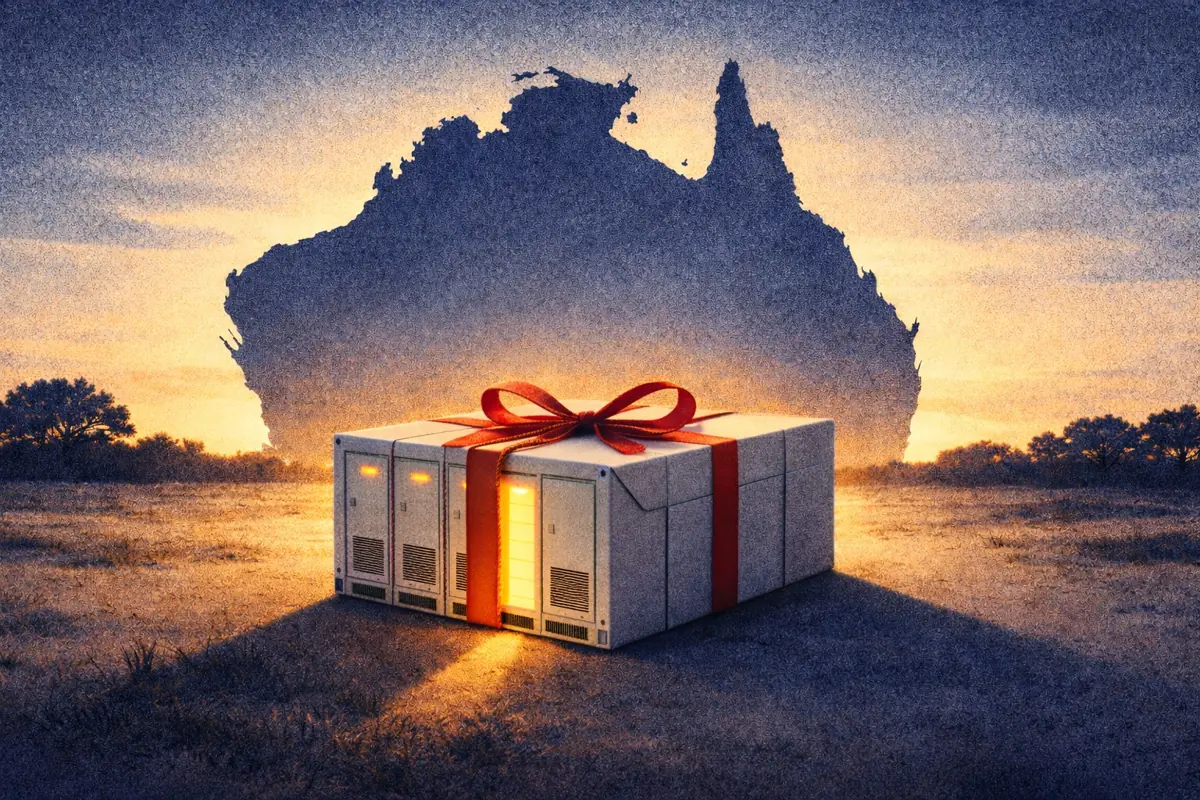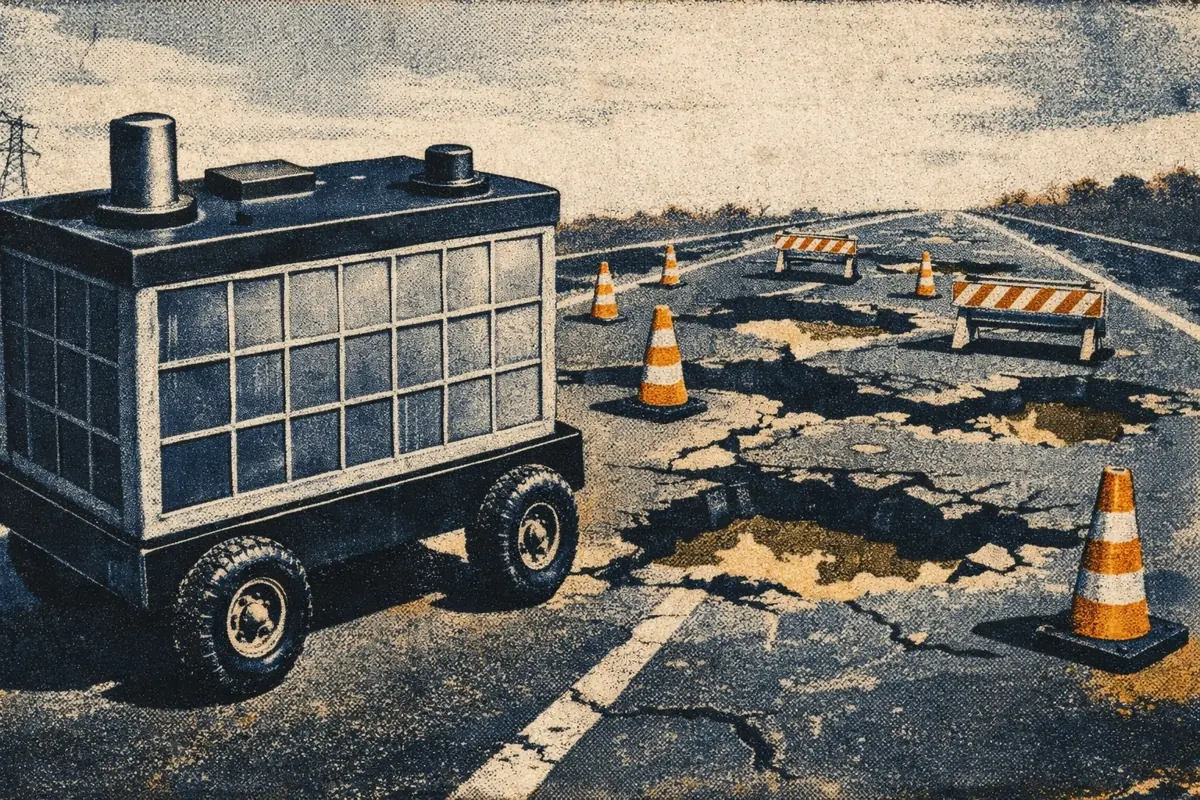Battery energy storage in the United States to hit 140 GW by 2030?
Battery energy storage in the United States to hit 140 GW by 2030?
Executive Summary
- U.S. battery energy storage capacity has grown from 1 GW in 2020 to 17 GW in 2024 and could reach nearly 150 GW by 2030.
- CAISO and ERCOT are projected to lead the buildout, each surpassing 40 GW by 2030, while PJM could expand from 400 MW to 30 GW.
- Only 28% of projects in ISO interconnection queues historically reach commercial operation, highlighting risks to total projected capacity.
Subscribers to Modo Energy’s Research will also find out:
- How interconnection queue reforms and FERC orders may accelerate battery project timelines.
- Why supply chain constraints, land availability, and revenue sufficiency could limit total U.S. battery buildout.
- How data center growth and electrification trends will drive demand for storage alongside solar and wind expansion.
To get full access to Modo Energy’s Research, book a call with a member of the team today.
Introduction
Battery energy storage systems have become the fastest-growing grid-scale energy technology in America, alongside solar generation.

Currently, there is around 17 GW of commercially operational battery capacity by rated power across all Independent System Operators in the US. This has grown rapidly from around 1 GW just four years ago.
But this won’t last for long. By the end of this decade, the buildout of batteries across American ISOs will almost certainly exceed 100 GW.
How much battery energy storage capacity is in interconnection queues?
Within the interconnection queues of American ISOs, there are around 570 GW of battery energy storage systems.

All of this capacity has a projected date of commercial operations by the early 2030s.
In fact, much of this capacity has projected operational dates in the next twelve months - according to the queue data.
This, of course, is not realistic - the majority of these projects are still in their early stages of development.
In the graph above, we’ve revised the projected commercial operations dates of each battery energy storage project.
To do this, the stage of development that each project has currently progressed to was determined. This was done using data from each of the ISOs’ interconnection queues.
Then, using our prior analysis of interconnection timelines in ERCOT - as well as analysis from a Lawrence Berkeley National Laboratory study on generation interconnection - revised projections of more realistic commercial operations dates were made.
In 2023, the Federal Energy Regulatory Commission approved multiple orders to speed up generation interconnection timelines, which have been slowing in many ISOs in recent years.
It remains to be seen the level of impact that these orders will have. However, for ISOs that are under FERC’s jurisdiction, fines will be incurred if studies to progress projects through the interconnection queue are not completed in a timely manner.
It’s possible that this will accelerate interconnection timelines in some ISOs - such as CAISO and NYISO - where generation interconnection has lagged.
However, it’s unlikely that interconnection timelines will be able to exceed those observed in ERCOT. ERCOT uses a ‘connect and manage’ approach that has less stringent requirements in regard to impact on issues like grid congestion.
As a result, most battery projects will require at least 3 years to progress from entering queues to commercial operations.
How much capacity should we actually expect to become commercially operational?
It’s critical to properly assess when a project is likely to become commercially operational. However, it’s even more critical to determine the likelihood of a battery energy storage project ever reaching commercial operations.
Using the same analyses as the interconnection timelines, project withdrawal rates from interconnection queues can be assessed.
Across all of the ISOs, only around 28% of projects - historically - have progressed to commercial operations.
Additionally, projects that are further along in the interconnection process are significantly less likely to withdraw from the queue.
In fact, in ERCOT, battery energy storage projects with signed Interconnection Agreements have become commercially operational at a 100% rate.
So, let’s assume projects will continue to become commercially operational at a similar rate.

This results in a projected total battery energy storage buildout of just under 150 GW by the end of 2030.
CAISO and ERCOT both continue to see significant growth, each with around 40 GW of commercially operational capacity by the end of 2030.
PJM has the potential to experience the largest growth of all. By this method of projection, battery energy storage capacity in PJM could grow from around 400 MW today to nearly 30 GW by the end of the decade.
What challenges could prevent battery energy storage buildout from reaching these levels?
Ultimately, this projection could still prove to be quite optimistic for a number of reasons.
Supply chain, permitting, and real estate bottlenecks continue to limit the ability to complete battery energy storage projects in some parts of the country.
FERC has attempted to limit some of the challenges emanating both from these issues and drawn out interconnection timelines associated with some ISOs. However, in some regions - such as PJM or NYISO - reforms have yet to result in tangible buildout of storage.
Additionally, it’s possible that there are not enough revenue opportunities to support this level of buildout.
This could be the case if:
- demand does not grow as quickly or to the magnitude that some ISOs are currently forecasting - leading existing storage operators to cannibalize their own revenues,
- competing technologies like electric vehicles or price-responsive industrial demand limit the need for battery energy storage,
- capital expenditure for battery energy storage systems begins to stagnate, rather than continue to decline.
However, batteries have proven to be a unique and useful technology to grid operators. ERCOT and CAISO have produced a proof of concept where batteries both provide critical services to the grid, and are able to generated strong revenues.
Demand for electricity is projected to grow rapidly across the country. Data centers, alongside commercial and residential electrification, are two of the chief reasons to expect unprecedented growth.
While solar and wind generation can meet a substantial amount of this demand, dispatchable sources of energy are still necessary.
Batteries are going to be critical to continue to decrease power prices alongside carbon emissions in the future.
And if demand grows as projected, while the cost of building battery energy storage projects continues to decline, 140 GW by the end of this decade may be more feasible than it appears at first glance.







